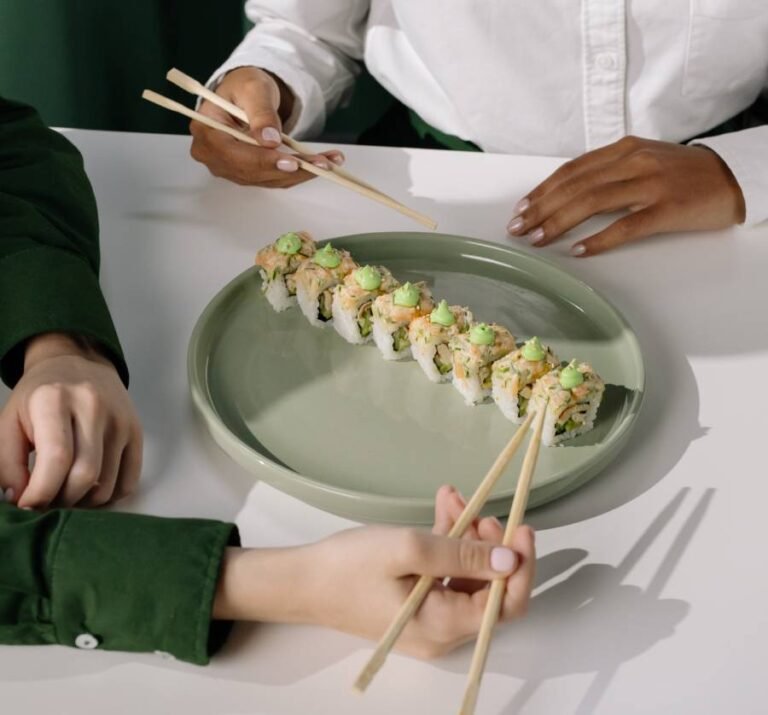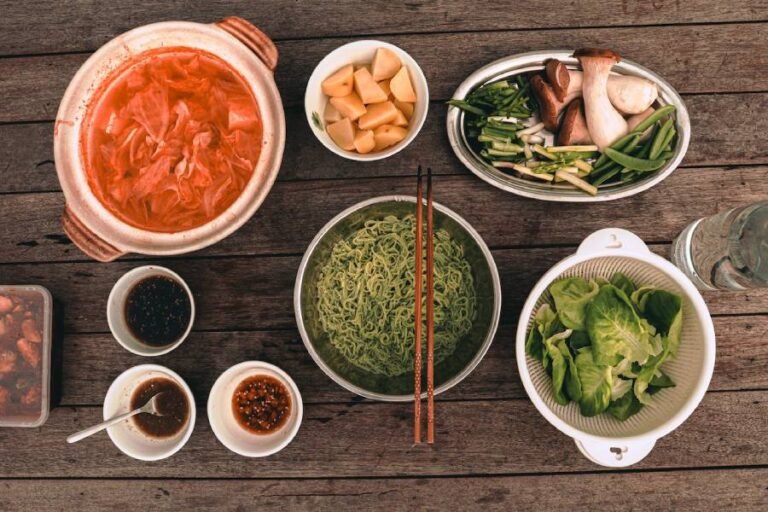Exploring the Exquisite Flavors of Asian Cuisine
Introduction:
Asian cuisine is a world of culinary wonders, a tapestry woven with diverse flavors, ingredients, and cooking techniques. From the spicy and vibrant dishes of Thailand to the delicate artistry of Japanese sushi, Asian cuisine has captured the hearts and palates of food enthusiasts worldwide. In this culinary journey, we’ll delve into the rich tapestry of Asian cuisine, uncovering its history, highlighting iconic dishes, and celebrating the unique flavors that make it a global favorite.
The Melting Pot of Flavors:
Asian cuisine is a treasure trove of flavors, a testament to the region’s multicultural influences. Chinese, Indian, Thai, Japanese, Korean, and Vietnamese cuisines, among others, showcase the beauty of this fusion. Elements like fresh herbs, aromatic spices, and umami-rich ingredients such as soy sauce and miso define the Asian flavor profile.
A History Steeped in Tradition:
The history of Asian cuisine is as diverse as the dishes themselves. China, often regarded as the birthplace of many culinary traditions, introduced noodles, stir-frying, and the art of tea. India gave us the spice trade, biryani, and tandoori cooking. Japan perfected the art of sushi, sashimi, and tempura. Thai cuisine offers a harmonious blend of sweet, salty, sour, and spicy flavors, while Korean barbecue is a carnivore’s delight.
Iconic Asian Dishes:

Sushi and Sashimi (Japan): Raw fish atop vinegared rice, a culinary masterpiece that showcases the essence of Japanese cuisine.
Pad Thai (Thailand): A stir-fried noodle dish adorned with peanuts, lime, and a sweet and savory sauce—a quintessential Thai favorite.

Dim Sum (China): A delectable array of small, flavorful dishes, from dumplings to buns, often enjoyed with tea in traditional tea houses.
Kimchi (Korea): Fermented vegetables, primarily napa cabbage and Korean radishes, transformed into a tangy, spicy, and probiotic delight.
Pho (Vietnam): A fragrant and hearty noodle soup, simmered with herbs, beef, or chicken, a staple of Vietnamese cuisine.
Biryani (India): Fragrant rice infused with spices and layered with succulent meat or vegetables, creating a harmonious blend of flavors.

Asian Ingredients:
Asia’s culinary prowess hinges on an array of unique ingredients:
- Soy Sauce: The foundation of umami in many Asian dishes, providing depth and complexity.
- Rice: A staple that takes various forms, from steamed to fried, used in sushi, stir-fries, and more.
- Coconut Milk: A luscious addition to curries, soups, and desserts.
- Sesame Oil: Adds nuttiness and depth to stir-fries and dressings.
- Chilies: The source of heat in dishes like Thai curry and Korean kimchi.
The Art of Balance:
Asian cuisine is renowned for its balance of flavors. The harmonious interplay between sweet, salty, sour, and umami creates dishes that are a symphony for the taste buds. It’s this balance that makes Asian cuisine so universally beloved.
Conclusion:
Exploring Asian cuisine is an adventure in flavors, traditions, and culinary artistry. From the spicy heat of Thai curries to the delicate precision of Japanese sushi, each dish tells a story of culture, history, and passion. As you embark on your culinary journey through the diverse landscapes of Asian cuisine, savor the exquisite flavors and celebrate the rich tapestry that unites us through food. Whether you’re enjoying a bowl of ramen in Tokyo or savoring a bowl of pho in Hanoi, Asian cuisine invites you to experience the world, one bite at a time.
